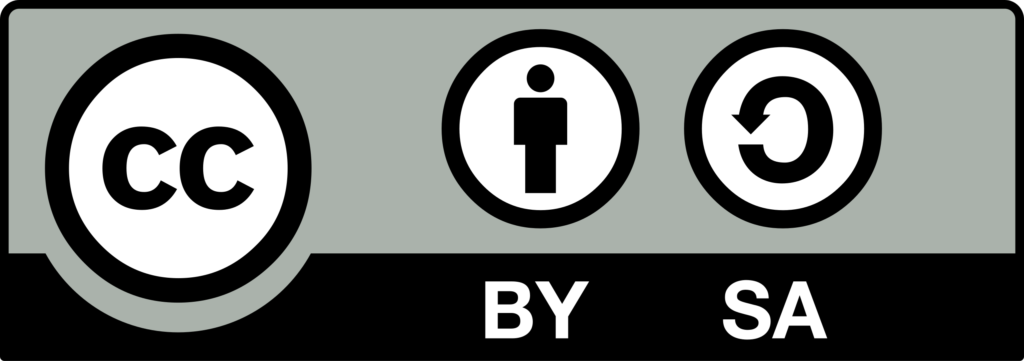You can also download the document from HERE.
Student Worksheet:
Spotting Opportunities in Entrepreneurship for the Co Creation Afternoon Session
Introduction: In every challenge lies an opportunity. As entrepreneurs, we need to learn how to identify these opportunities. To exercise this skill, we will work through the following 5 scenarios. You will start by individually analyzing a scenario and then collaborate as a team.
Scenarios:
Read through the scenarios and choose the one you feel most interested in working on during the afternoon session. You will cast this vote during the afternoon session. The scenario with the most votes will be the one you will all work on. During the afternoon session, the facilitator will manage the voting by asking each participant to state their choice.
- University Town Housing: A university town with a lack of affordable housing for students.
- Community Power Outages: A community experiencing frequent power outages and energy shortages.
- Urban Food Access: An urban area with limited access to healthy and affordable food options.
- Mental Health Concerns: A growing concern about mental health and well-being among young professionals.
- Remote Work Solutions: Increasing demand for remote work solutions and digital collaboration tools.
Instructions:
- Select a Scenario: As a group, collectively agree on one scenario to work on. Write it down below.
- Individual Analysis: Spend 30 minutes writing down your own personal answers to the questions in the Worksheet Section below: Scenario Selection and Analysis.
- Group Discussion: Once you have finished, let the group know you are ready by indicating in the chat. Wait until everyone is ready before proceeding.
- Facilitated Discussion: The facilitator will guide the group through discussing the core problem, possible solutions, and target audience.
- Solution Selection and Scoring: As a group, decide on the top three solutions and score them based on feasibility, innovation, and impact.
Worksheet Section: Scenario Selection and Analysis
Selected Scenario:
Scenario Number and Description: ________________________________________________
Core Problem (what is causing the problem)
Description: _________________________________________________________________
Possible Solutions:
List of Potential Solutions
Solution 1:
Solution 2:
Solution 3:
Target Market:
Description of Potential Customers: _____________________________________________
You have 30 minutes to write down your own personal answers to these questions. We are not looking for perfection here but initial ideas. Once you have finished, let the group know you are ready by indicating in the chat. Wait until everyone is ready before proceeding.
Group Discussion
- Core Problem Discussion (10 minutes):
Facilitator will ask participants what they noted as the core problem (what is causing the challenge).
Group discussion notes:
- Possible Solutions Discussion (20 minutes):
Facilitator will ask participants to share their possible solutions.
Group discussion notes – you can note down the three solutions you agree with the most below, not including yours.
Solution Selection and Scoring
The facilitator will give you all the top three solutions based on the voting to place them in the section below.
- Top Three Solutions:
Solution 1: _________________________________________________________
Solution 2: _________________________________________________________
Solution 3: _________________________________________________________
- Scoring Table:
Use the table below to score each solution on feasibility, innovation, and impact. Assign a score from 1 (low) to 5 (high) for each criterion.
|
Solution |
Feasibility (1-5) |
Innovation (1-5) |
Impact (1-5) |
Total Score |
|
Solution 1 |
||||
|
Solution 2 |
||||
|
Solution 3 |
The one solution with the highest total score is the result of this co-creation activity.
Conclusion
- Summary: Summarize the key learnings from the exercise.
- Next Steps: Provide information on the next steps and how you can further develop the selected opportunity.
- Q&A: Open the floor for any final questions or comments.
Key Learnings:
Questions and Comments:


